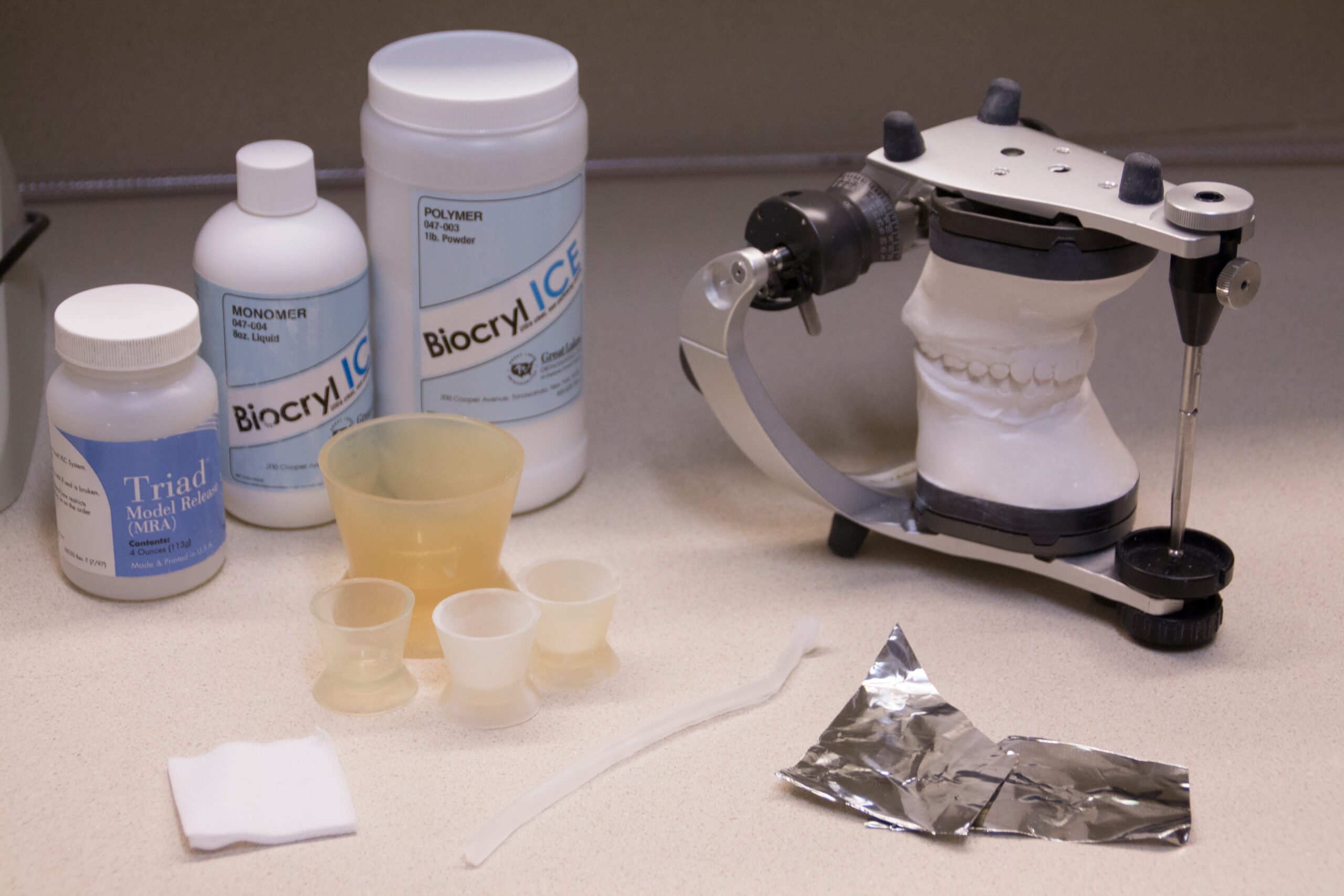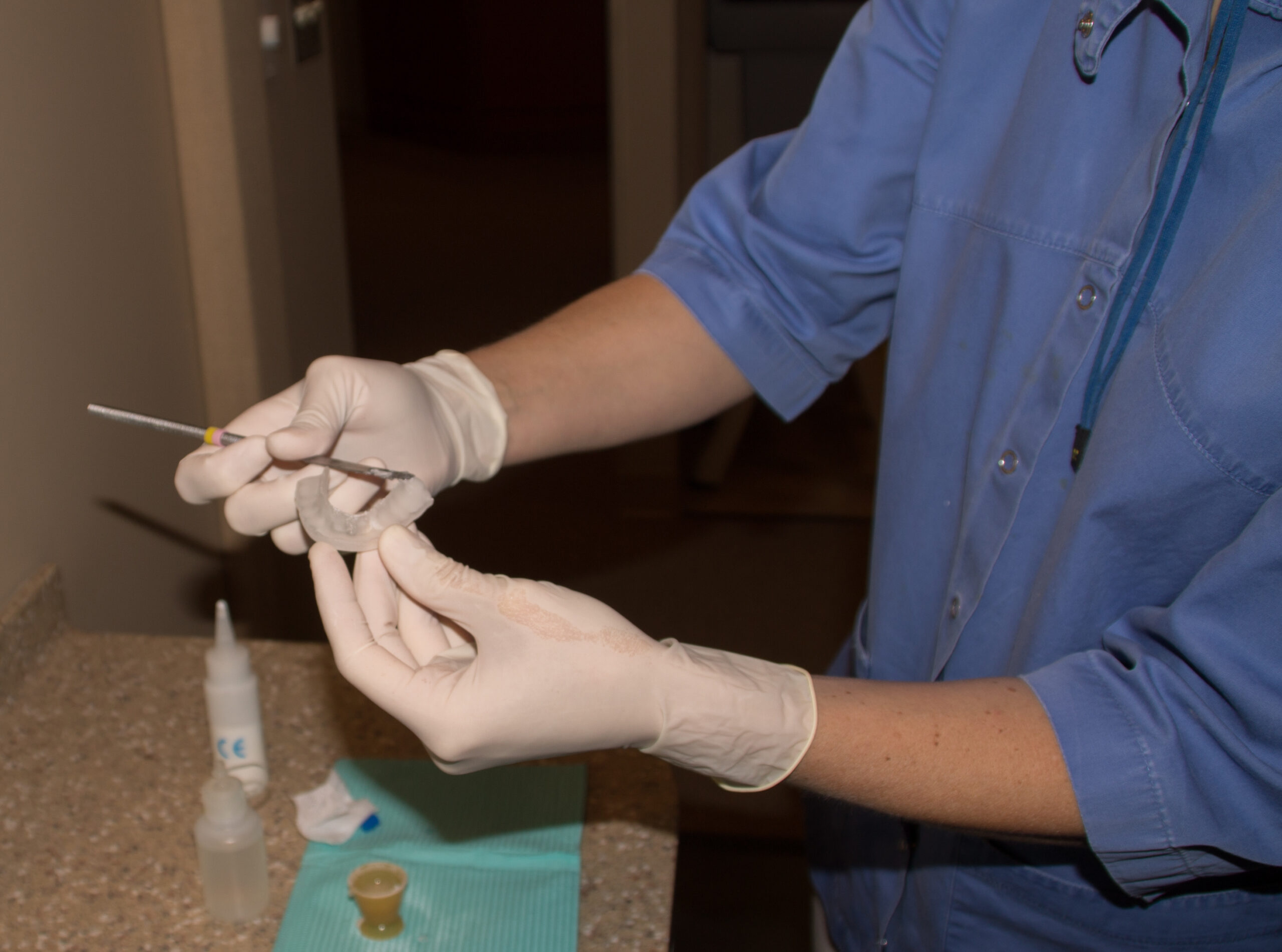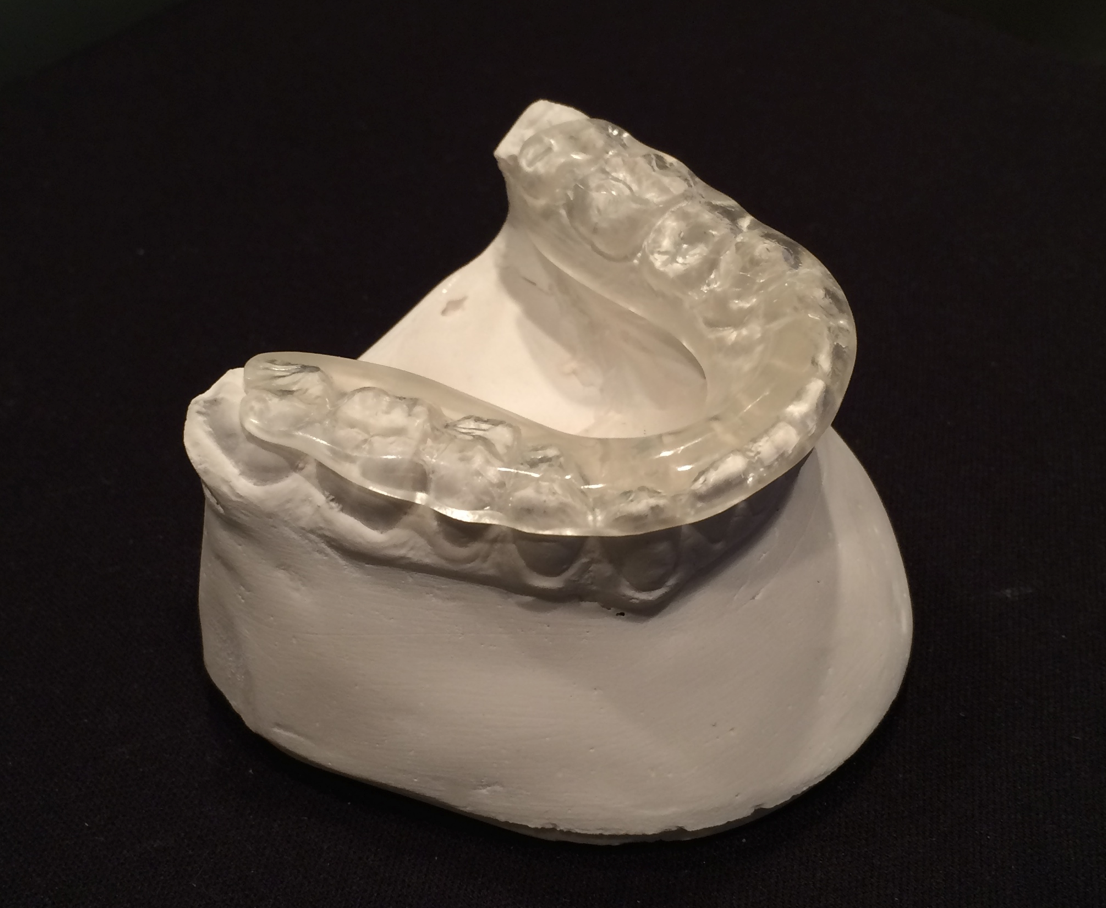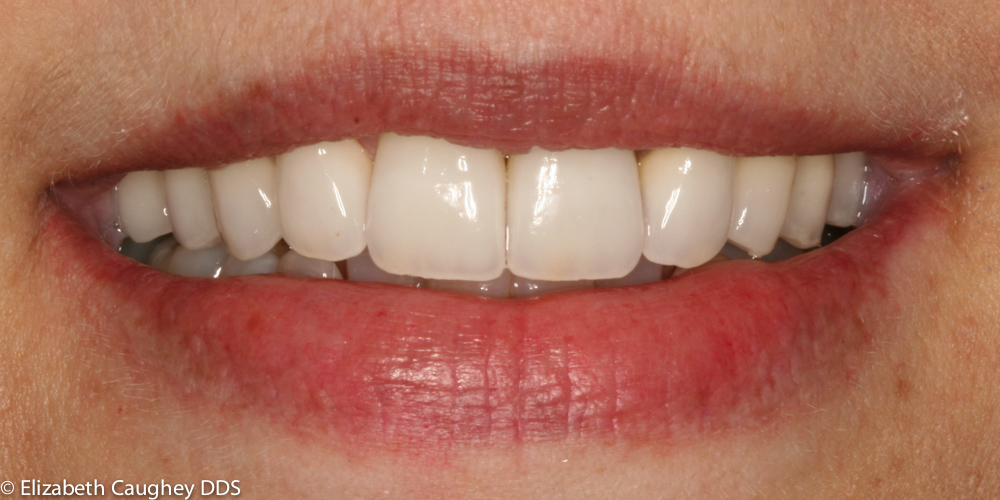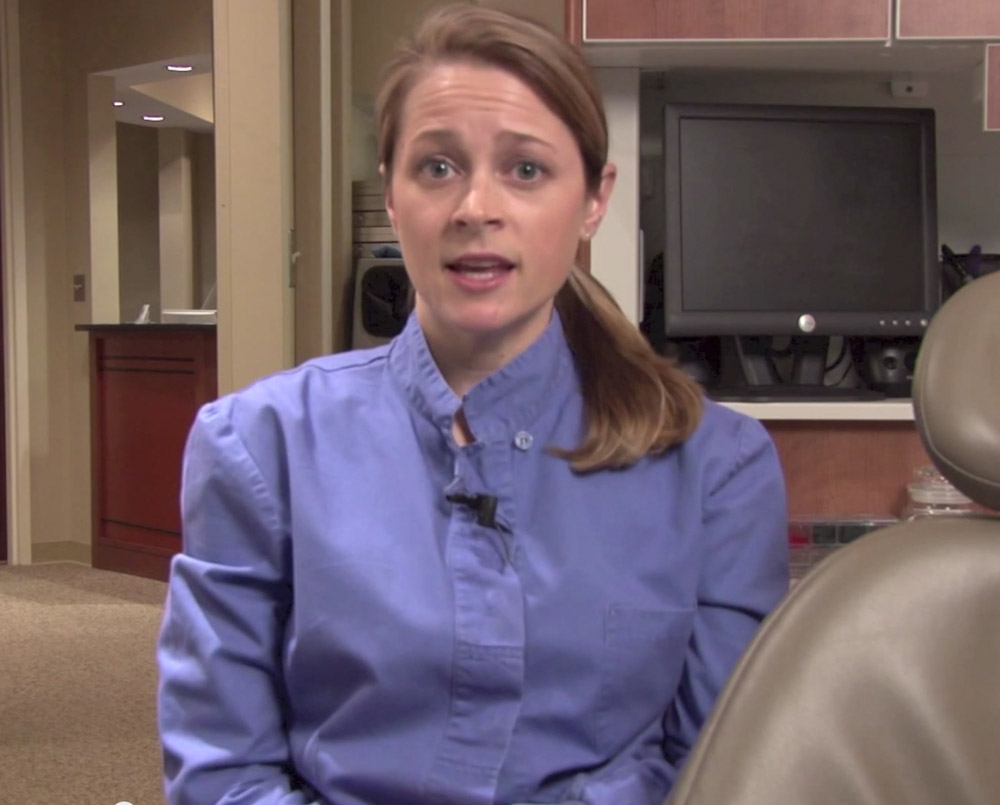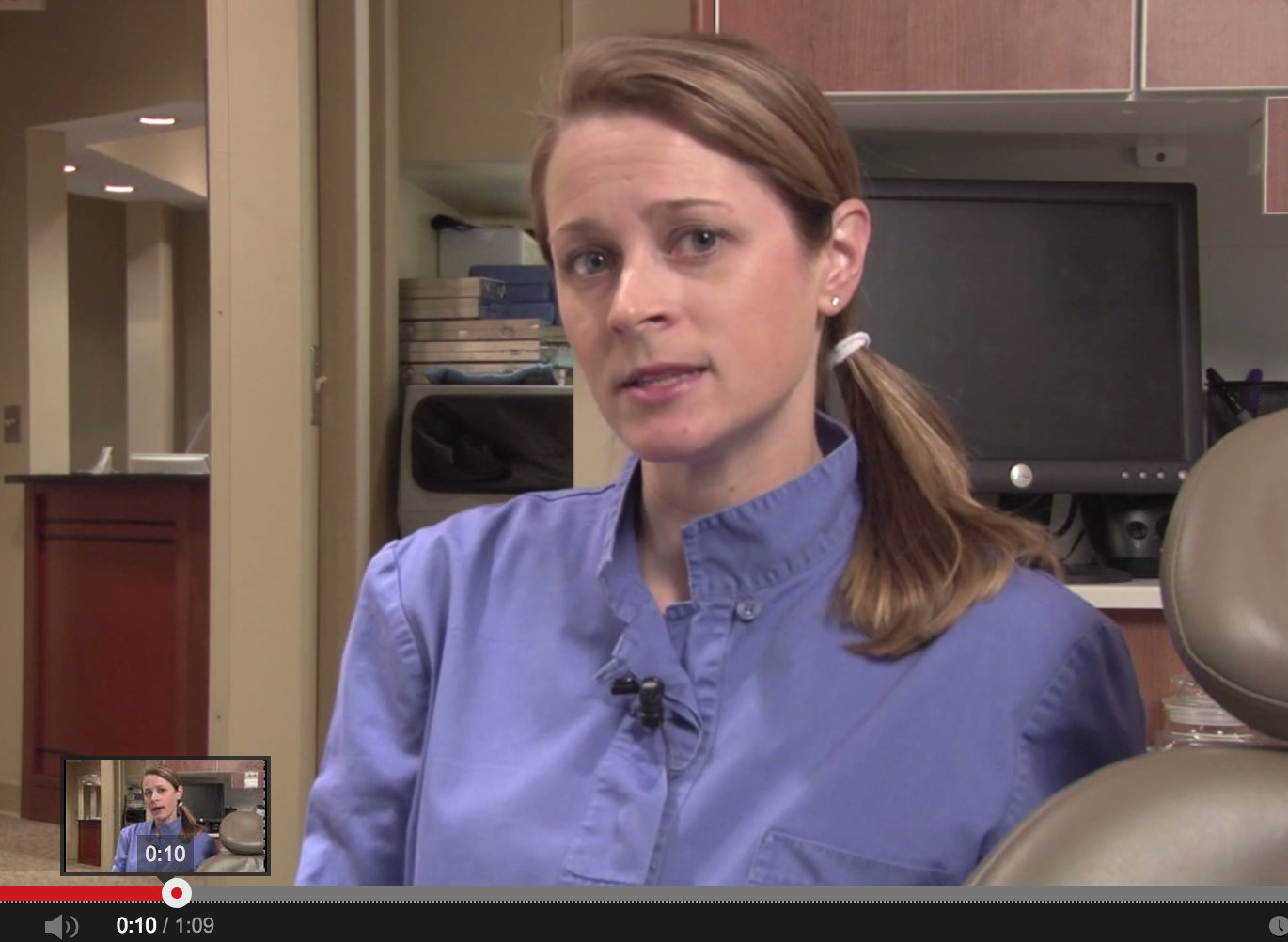How we handle dental bite splint acrylic can literally make – or break – the final product. A lab processed acrylic is made strongest in a pressure pot using heat and pressure. That said, even with the strongest materials available, incorrect handling of the acrylic while it is in the wet phase can incorporated unwanted…
Read MoreFitting a bite splint to achieve its original design requires attention to how the splint fits over the teeth it engages – as well as the opposing row of teeth. This installation shows some postural concepts in positioning the patient within the dental chair to optimally improve the cranio-cervical relationship prior to adapting the maxillary-mandibular…
Read MoreIn order for a bite splint to function as it should, it needs to be comfortable to the patient, strong enough to withstand a heavy bite, and have the correct occlusal pattern to fit that particular patient’s objectives. Feel free to view this PDF file to learn about the technique I’ve used with success –…
Read MoreBite splint therapy and all-ceramic crowns to solve sinus pain misdiagnosis This patient had been treated by several dentists and doctors for ongoing pain in the left cheek area, and was ultimately referred for a second opinion. The relevant history starts with cosmetic dentistry she had done to camouflage congenitally-missing lateral incisors. Her sense of…
Read MoreIn this brief video, here an explanation of how a bite splint can be used therapeutically. Whether someone has had a recent trauma like whiplash, or a chronic condition like arthritis, a dental bite splint between the teeth can support and stabilize both the jaw joints and the neck.
Read MoreWhat is the JVA? The JVA or Joint Vibration Analysis machine is a small set of headphones which we place in front of the patient’s ears. But instead of the patient listening to music, this small sensor will pick up vibrations inside the patient’s jaw joint. Healthy jaw joints make very little friction as you…
Read MoreAn analysis of the way a patient’s bite comes together can be initiated by our dental assistant using the T-scan. Here she demonstrates how the impact is registered on the sensor, then places the sensor in the patient’s mouth and takes a quick multi-bite series. Dr. Caughey interprets the data to the patient, demonstrating the…
Read More
